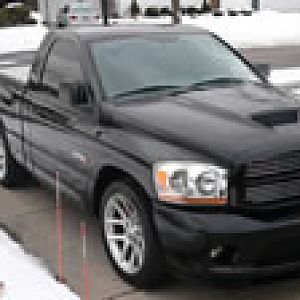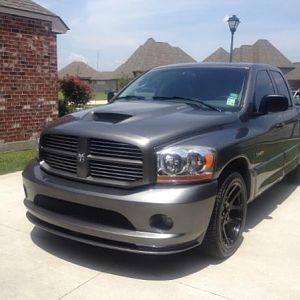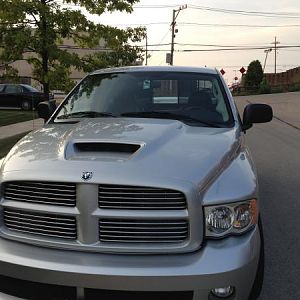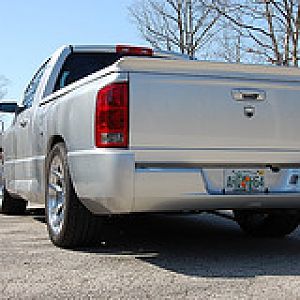JeffBoyette
Full Access Member
A larger crank pulley or a smaller blower pulley will increase boost. It's simple ratios. Think of them like gears without a belt. It's best to go with a larger crank pulley because the smaller the blower pulley the more slip prone it becomes. NA guys go with a smaller crank pulley to reduce parasitic power loss from accessories. When you increase the crank pulley on suprrcharger applications its advisable to decrease the size of the accessory pulleys to compensate. Deeper channels don't help slip as much as having the profiles of those channels the same as the belt. Wider belts reduce slippage but decreasing the size won't. You need a proper length belt that the tensioners can operate within its range. Some people media blast a rougher texture on the pulley to increase friction. This may reduce belt life. I've also installed smaller supercharger pulleys on mustang that were knurled like the handle on a wrench. Goodyear Gatorback belts have cross hatch ribs that allow the belt to flex easier and creates air turbulence causing the belt to run cooler. They have more nylon threads in the core making them less prone to breaking and the rubber compound i supposed to have a higher coefficient of friction. But I think the cross hatched ribs would put less surface area in contact with the pulley and may cause more slip.Something I have never understood when you change the pulley larger it makes sense increases boost but why does the smaller pulley increase boost and is there a way to make the channel the belt sits in deeper to fight belt slippage. Also do you ever decrease the size of the belt for an increase in boost.
Worth mentioning is CRC belt treatment. Sold at any part store. Its designed to help reduce squeal and help extend belt life. It temporarily creates a tacky surface on the belt and will greatly reduce slip at the track for a few runs.





